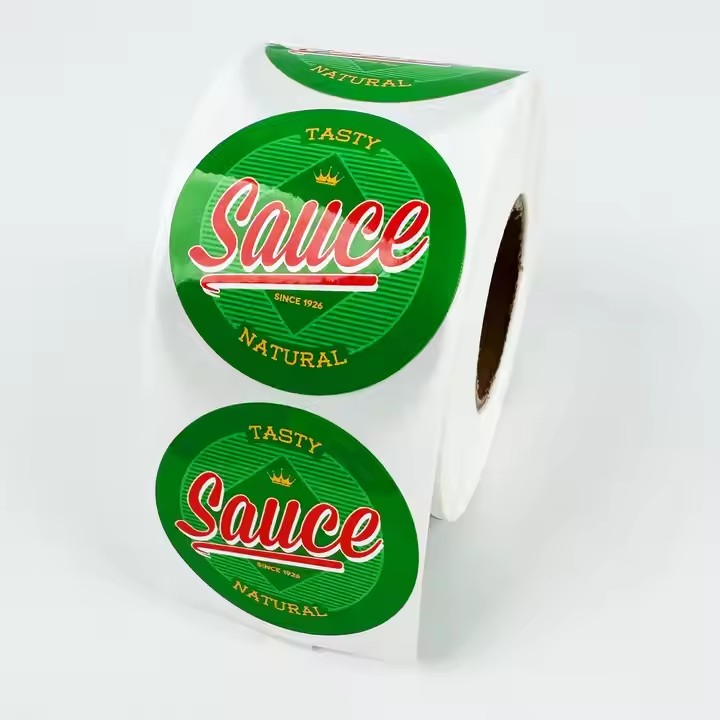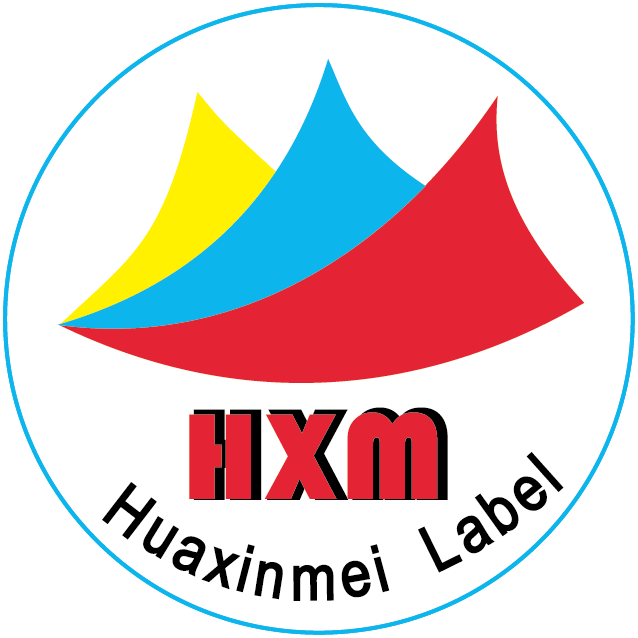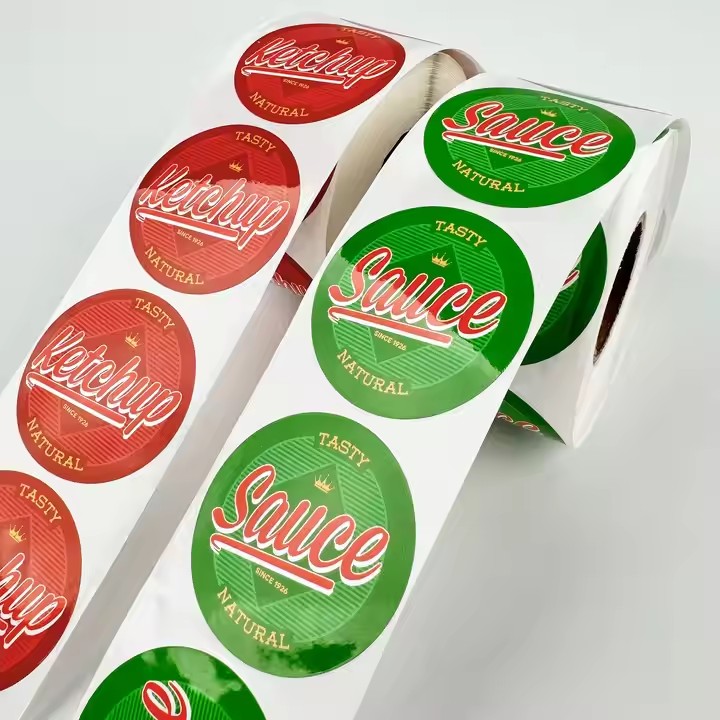The key approach in designing logo stickers is to make consumers remember the logo. Only a distinctive logo can be memorized by consumers, and in the market, the design of any logo should aim to be memorable to consumers. In addition, the pattern design of the logo should be consistent with the brand’s tone. A consistent logo and brand image can maximize the likelihood of being remembered by consumers.
Color matching is crucial: Attention should be paid to the color matching in logo design, because different color combinations can create unique effects. For example, when some brands collaborate with others, they often design products with different colors, patterns, and shapes. In recent years, a very popular collaboration was between the Palace Museum and OPPO. This collaboration combined modern and traditional aesthetic craftsmanship, as well as the integration of the new and the old, which indeed attracted a lot of attention. Modern design values the integration and collision of traditional and modern cultures. The colors of the Palace Museum are diverse, allowing for great flexibility in color selection. OPPO centered its design around a specific theme, and with a vast collection of items in the Palace Museum and a wide variety of elements, there are numerous colors and elements available for free combination.
The combination of multiple elements allows for free recombination. For instance, the exterior color and logo design of OPPO can be integrated with the cultural relics of the Palace Museum. Moreover, many consumers are interested in such innovative collaborations and are eager to see what new ideas brands come up with, which serves as a way to attract consumers’ attention. Additionally, the collaboration between a mobile technology brand and a traditional brand like the Palace Museum, which are from completely different industries, is likely to create sparks and make consumers remember the brand name. The combination of the OPPO logo and the Palace Museum logo is particularly effective in attracting consumers’ attention.

The design of the logo shape is crucial: The shape of a logo represents the brand’s spirit, philosophy, corporate culture, etc. However, the most important thing is that the logo shape should be memorable to consumers. Since there are many similar products in the market, which means fierce competition, efforts should be made to focus on the logo design and try to create a logo that is easy for people to remember, that is, a logo that conforms to the human brain’s memory patterns. For example, the logo of Wahaha, a beverage brand in China, features a laughing boy, which is easily associated with the brand name and is very easy to remember.
When designing a logo, avoid complexity: Some enterprises may want to incorporate their corporate culture, business philosophy, and corporate spirit into the logo. However, in reality, there is no need for the 堆砌 of so many elements and the overlay of numerous symbols. Simplicity makes it easier for people to remember.
Materials and Processes
Material Selection: Select appropriate materials according to the usage scenarios and requirements of the stickers. If the stickers are to be used outdoors or in areas frequently exposed to water, waterproof and sun – resistant materials such as PVC or paper with a waterproof coating should be chosen. If a high – quality texture is required, special papers or textured materials can be selected to enhance the quality of the stickers. At the same time, characteristics such as the transparency and gloss of the materials will also affect the final effect of the stickers. For example, transparent stickers can create a unique visual effect and are suitable for designs that need to blend with the background.

Printing Processes: Different printing processes will affect the effect of the logo and the stickers. Common printing processes include offset printing, digital printing, and screen printing. Offset printing is suitable for large – scale production, with high color reduction and clear patterns. Digital printing is more flexible, suitable for small – batch customization, and can achieve special effects such as gradients and three – dimensional effects. Screen printing can produce a thicker ink layer, giving the patterns a three – dimensional feel and gloss, and is often used in sticker designs that require prominent colors and textures. In addition, special processes such as hot stamping, embossing, and UV printing can be combined to enhance the quality and uniqueness of the stickers. However, attention should be paid to the cost of these processes and their impact on the overall design effect.
Legal and Copyright Issues
Ensure the Legal Use of Logos: When designing logo stickers, explicit authorization from the logo owner must be obtained to ensure the legal use of the logo. Otherwise, legal disputes and infringement claims may be faced. When designing stickers for enterprises or organizations, a formal authorization agreement should be signed with the relevant parties, clarifying specific terms such as the scope of use and duration.
Respect Others’ Copyrights: During the design process, avoid using unauthorized works or elements of others, such as images, fonts, and patterns. If specific materials need to be used, the copyright should be purchased or authorization should be obtained through legal channels to ensure that the designed stickers do not involve copyright issues and to safeguard the legitimate rights and interests of oneself and others.


